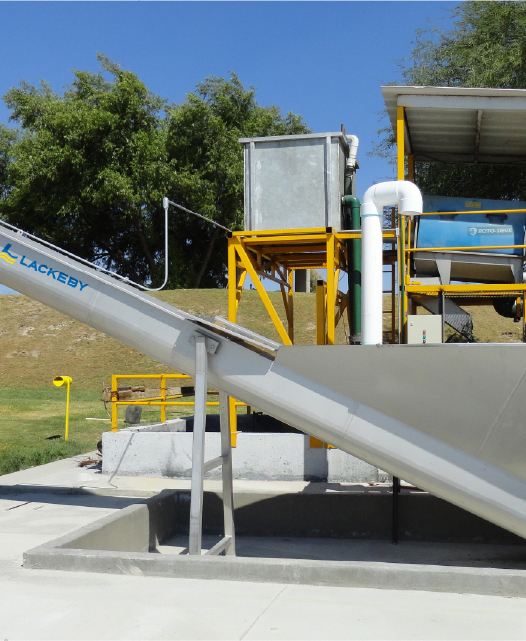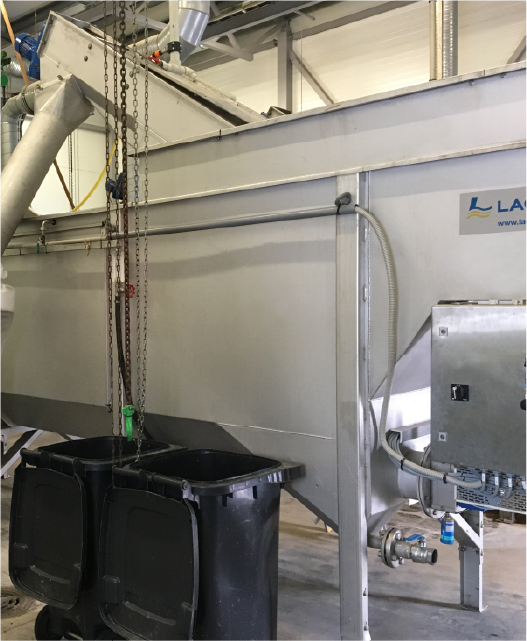Grit Removal
Solutions
Grit Removal
Solutions
OVERVIEW
OVERVIEW
Grit Handling
Sand, gravel, and many other abrasive materials (aka “grit”) take a large toll on pumps, valves, and other equipment during the wastewater treatment process. As wastewater moves through a system the accumulation of solids causes a loss of capacity in tanks and channels as well as protection of downstream processes. The protection of treatment equipment such as membranes, aeration tanks, and digesters is key to efficient and effective wastewater management. Removing grit from the influent is a key part of this protection.
Grit Removal Products
Reducing grit levels in a small to medium sized wastewater treatment system is made easy with the Grit Classifier. The Grit Classifier offers top-of-the-line technology to ensure a high degree of separation of grit from influent wastewater. The Grit Classifier also aids in the protection of downstream equipment such as pumps, membranes, and valves to increase the effective lifetime of a plant and reduce operational costs.
For a solution that includes both grit removal and screening, the PTU Complete Plant may be the solution of choice. The PTU Complete Plant is a completely sealed plug-and-play compact headworks unit, available in various capacities ranging from 0.2 MGD to 4.5 MGD. It combines screening, grit removal, and sometimes FOG removal into one self-contained unit. The design of the unit is customized according to customer requirements and is manufactured in 316 stainless steel. Screening can be accomplished with either the SSS Spiral Screw Screen or the Roto-Sieve Drum Screen. The PTU is mostly suitable for small to medium sized plants or when customers need a compact headworks solution as the result of space limitations




